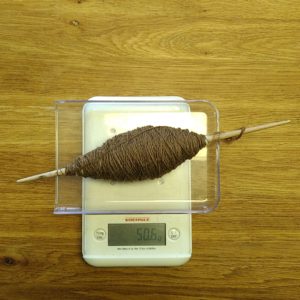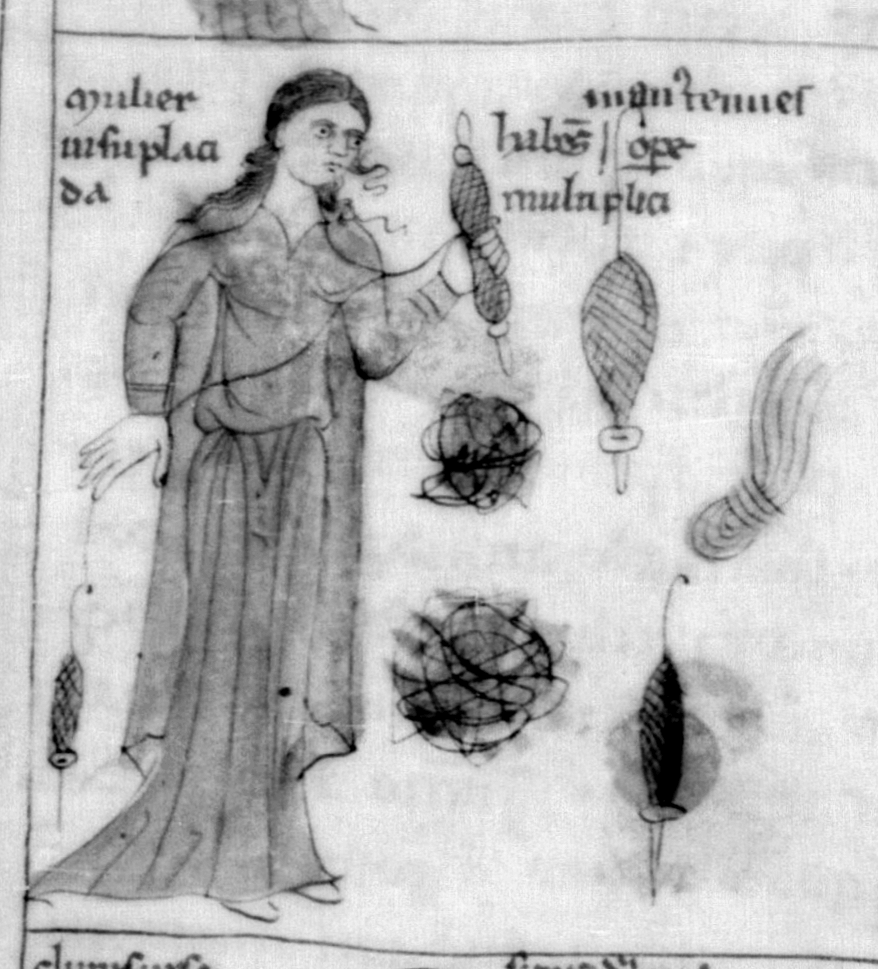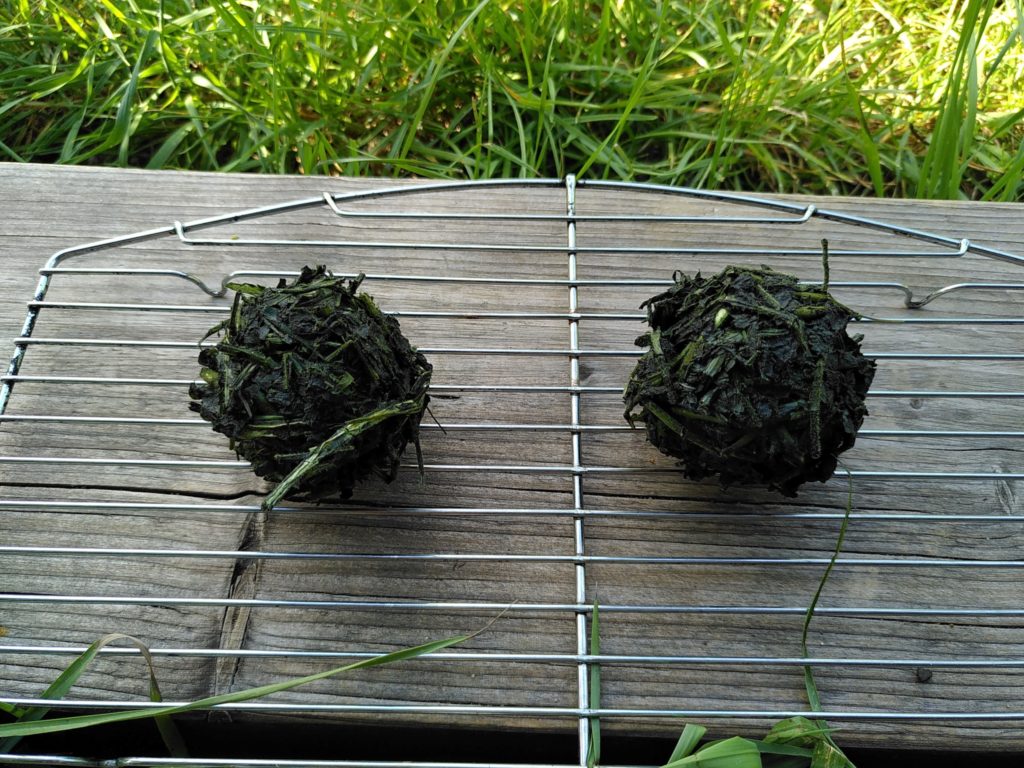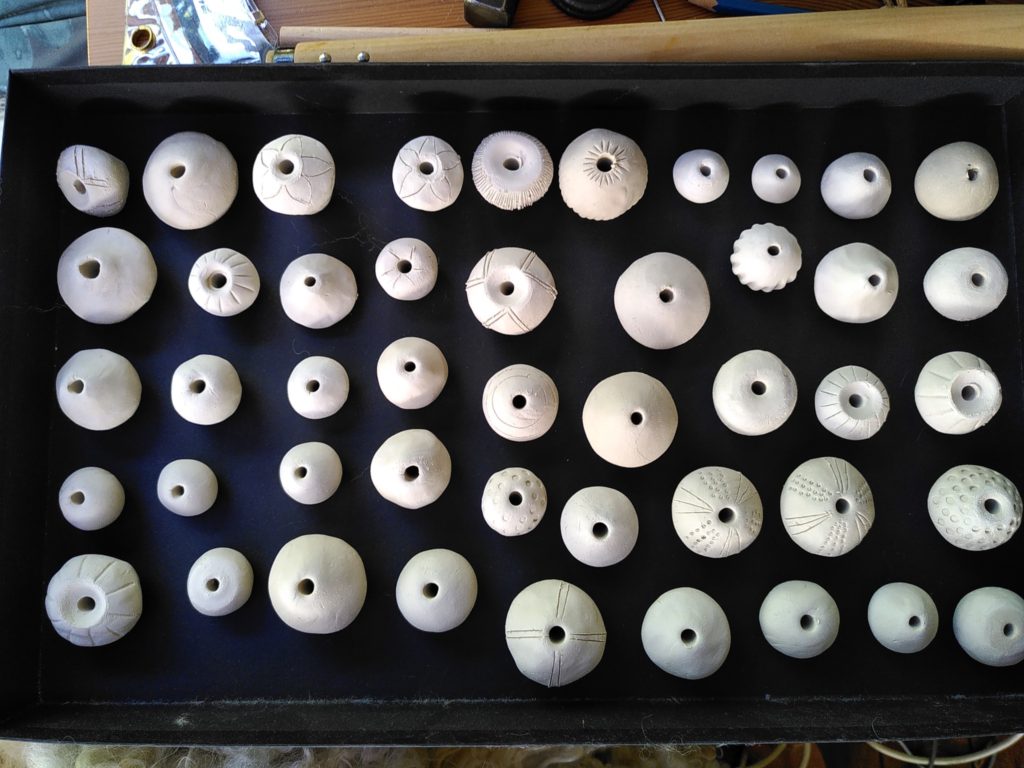Botanica Yarnfest this weekend was a lot of fun, and I found out, once again, that I get quite, quite nervous before doing an online livestream demo thingie. It's worse than doing a real-life demo somehow, even though there are no people present. Probably because there are no people present... there's just no feedback whatsoever, nobody sitting down and waiting for you to start, no room vibes to be read and acted upon. I find I actually prefer having a bunch of people look at me and being able to look back instead of having just that tiny little screen showing myself, so I can make sure I'm not running out of the picture.
Anyway, I did my demo, there were a few questions, I had some fun, and I did get some very nice feedback afterwards. I also managed to download the whole thing to my phone (which did the filming). It was not possible to re-post it to my own Instagram account, though; apparently that is only supported for videos up to 15 minutes, and mine is a bit over 30.
But there's youtube... so here you go, in case you'd like to see it: My demo of medieval spinning, with all the funny "big nose" camera effects that you get when you go close to the camera, and the weird portrait screen ratio helpfully provided by my phone.
Anyway, I did my demo, there were a few questions, I had some fun, and I did get some very nice feedback afterwards. I also managed to download the whole thing to my phone (which did the filming). It was not possible to re-post it to my own Instagram account, though; apparently that is only supported for videos up to 15 minutes, and mine is a bit over 30.
But there's youtube... so here you go, in case you'd like to see it: My demo of medieval spinning, with all the funny "big nose" camera effects that you get when you go close to the camera, and the weird portrait screen ratio helpfully provided by my phone.







 Bibliothèque Nationale de la France, Manuscript Latin 7330, liber astrologiae Georgii Zapari Zothori Fenduli, c 1301-1400. Fol. 30r, if I’ve interpreted things correctly.
Bibliothèque Nationale de la France, Manuscript Latin 7330, liber astrologiae Georgii Zapari Zothori Fenduli, c 1301-1400. Fol. 30r, if I’ve interpreted things correctly. 
